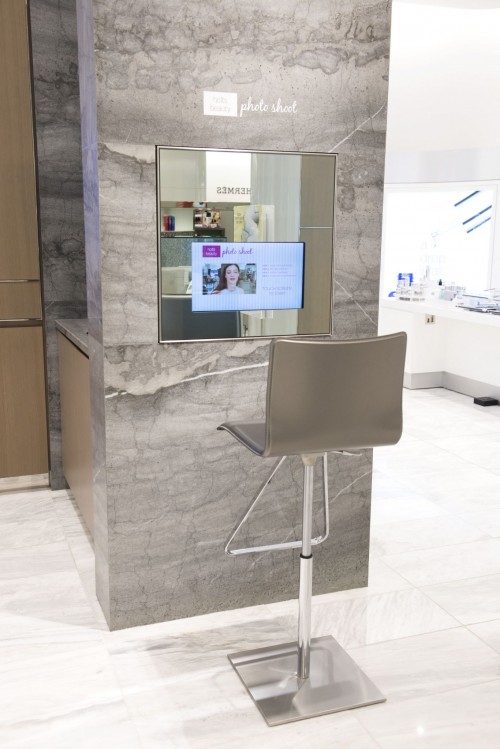By Katherine Moore
Today’s retailers are battling a threat known as ‘showrooming.’ This practice involves potential customers inspecting products in a traditional bricks-and-mortar store, but then ordering the same items online, instead, if they can find lower pricing. Whether through smart phones, tablets or personal computers (PCs), this threat always seems to resurface just as retailers are making it to the end of a shopping season or about to reach their next sales goal.
While showrooming is perceived to be a much more powerful threat than it really is, it has been shown to negatively affect sales numbers and conversion rates. One of the best ways for retailers to overcome it is by embracing digital signage technology and creating captivating in-store displays.

By going digital and emphasizing dynamic content, retailers can help prevent ‘showrooming,’ whereby customers buy products online instead of in stores.
The heart of retail
As sign shops are in the perfect position to exemplify, rather than focusing only on the problem of showrooming itself, it is important for retailers to get back to the heart of their business: connecting a brand to customers. Like sign-based advertising, after all, retailing involves introducing people to products and services they want or need to better their lives. Retail environments should reflect this vision.
So, given customers are already using their smartphones in stores, bricks-and-mortar stores can reflect—rather than reject—this trend, by incorporating Quick Response (QR) codes and references to Pinterest and other social media, to bring the personalized experience of online commerce to the traditional retail environment.
Similarly, while static posters, marquees and billboards have been the hallmarks of retail advertising for decades, it is also important to use digital displays to communicate with ad-savvy customers. When a retailer only has a few seconds to engage a consumer, it is too easy for static ads to be translated as ‘white noise,’ as customers pass by without even glancing. Dynamic content, especially when presented in distinctive shapes and sizes, is harder to ignore. Light-emitting diode (LED) displays, especially, can present a bright image, even in an environment with high ambient light levels, such as a mall corridor or a street-facing storefront.
Indeed, retailers need no longer be limited to static images. Instead, they can maximize their real estate with everything from static wayfinding information and sales pricing to how-to videos and digital kiosks. ‘Storytelling’ is essential to successful marketing and cannot be summed up in a single image. Digital displays let retailers more fully share who they are, what they do and why they do it.
By creating an immersive in-store experience with eye-catching digital signage and creative content, sign shops can help retailers reach customers in the way they want to be reached, providing a memorable shopping experience they will want to repeat. It is possible, without bombarding them unnecessarily, to create a connection and conversation about the products and services they need.






